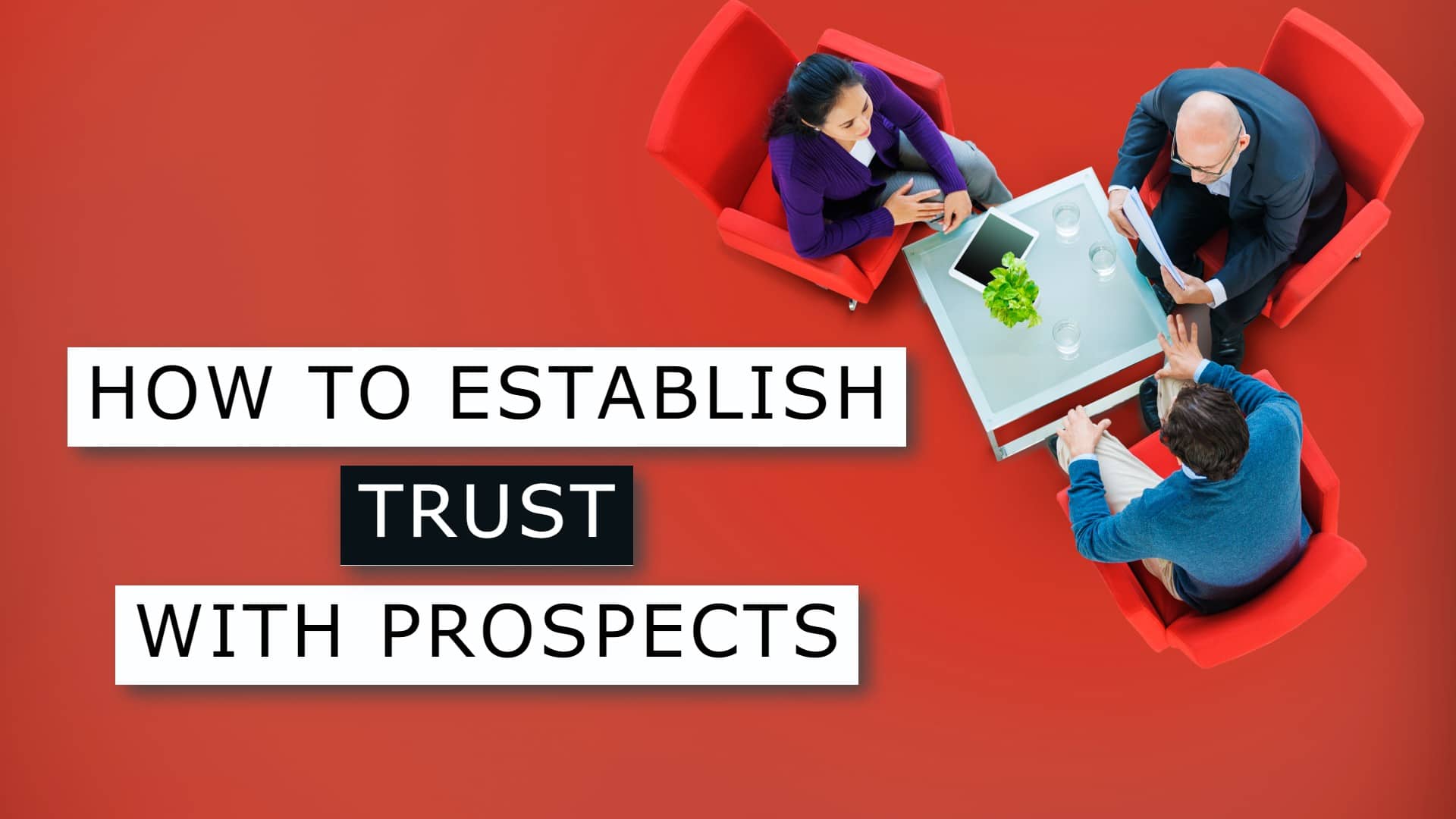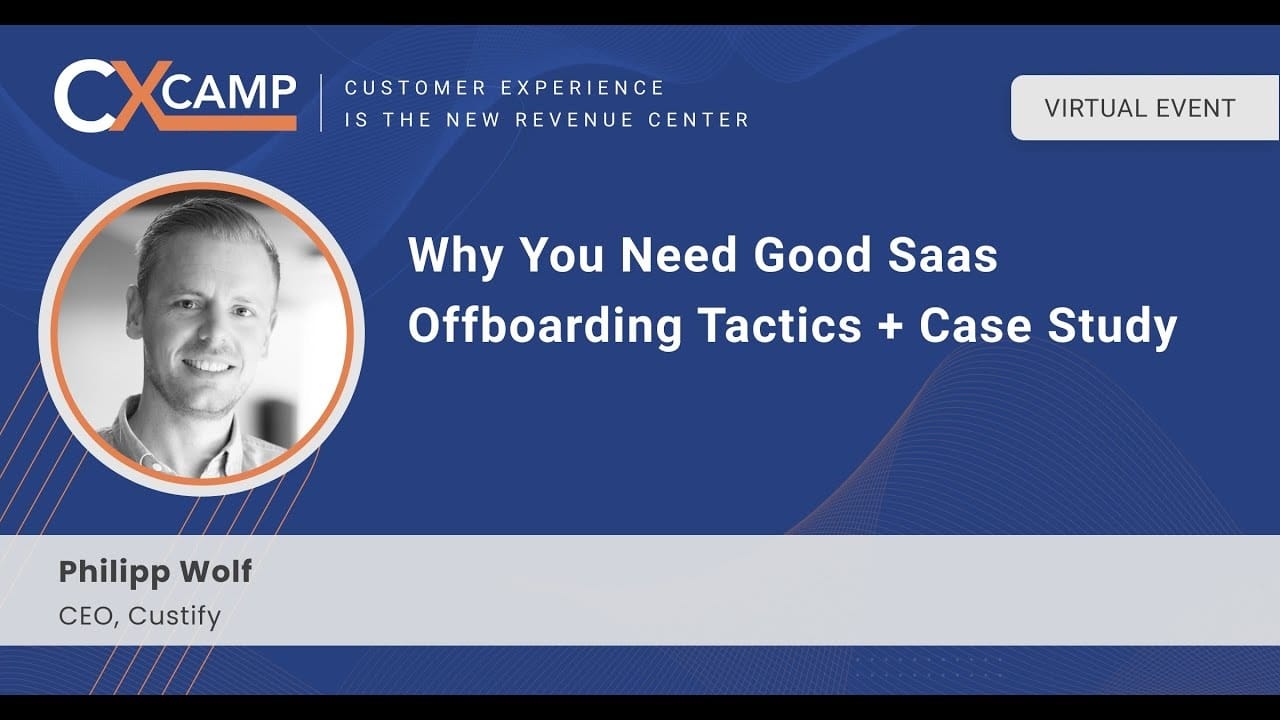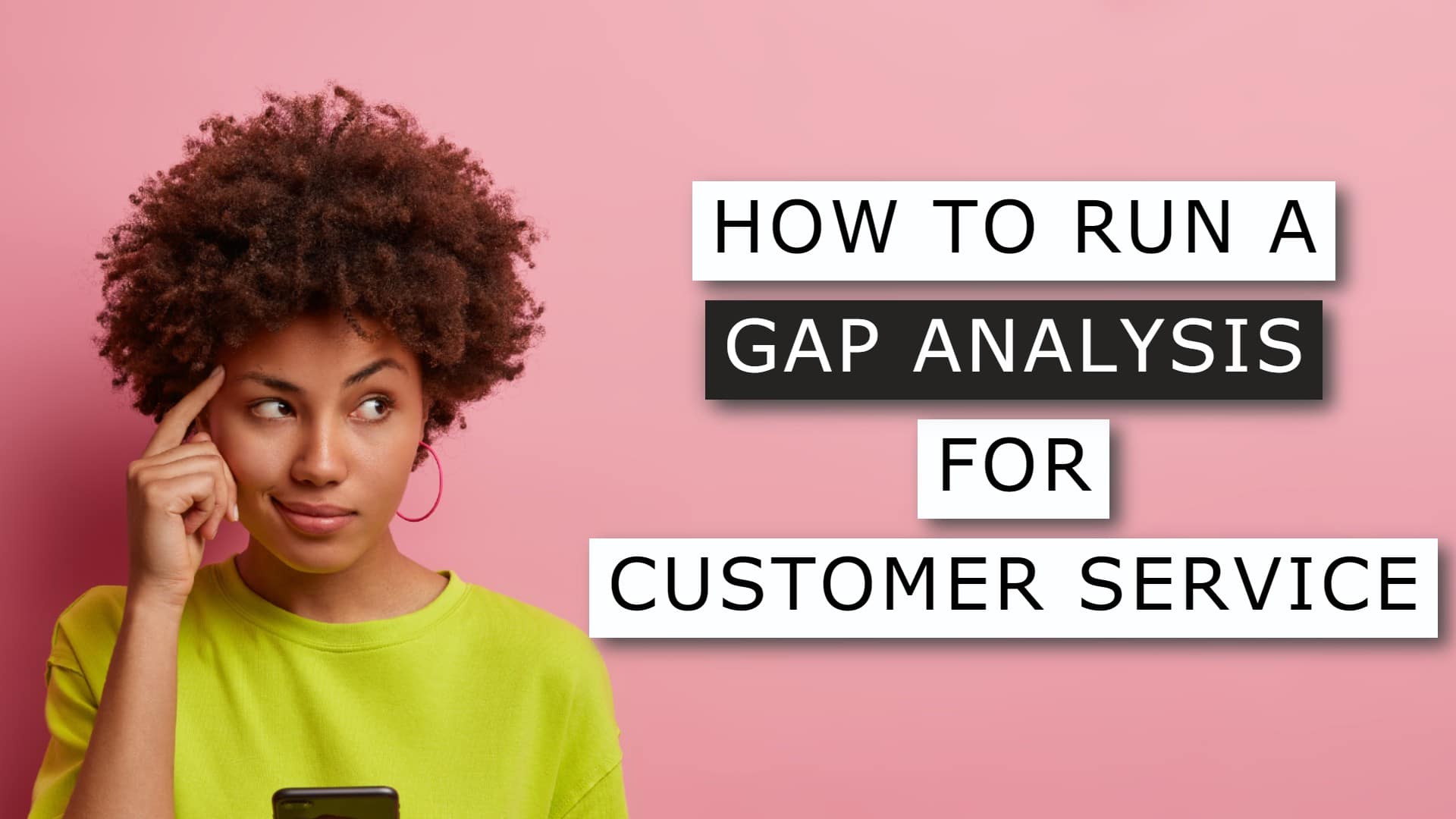In a competitive market, you need to have strong relationships with potential customers before they make a purchase decision. And that’s difficult. Building and maintaining a relationship with existing customers happens naturally—but making connections with potential customers requires more effort.
So what do you do? How do you stand out?
You target your potential customers’ emotions. An emotional connection develops loyalty before a lead has made a purchase decision. And it continues to grow stronger after a lead becomes a customer. There’s nothing more valuable to customer loyalty than an emotional bond.
Connecting emotionally with potential customers requires a different kind of mindset. Here’s how to start your emotional marketing to build lasting relationships.
Understand Potential Customers’ Emotional Drives
Emotion motivates people—but there are many different emotions that can drive behavior. In part, this variation stems from different industries. A person browsing a fashion blog might be motivated by a fear of missing out on the latest trends. An executive reading about the latest AI innovations isn’t likely to be looking for the latest, hottest craze.
But that doesn’t mean they’re not driven by emotion. Data-driven B2B decision-makers are emotional beings just like trendy B2C buyers. They want to know that they made the right decision. Feeling smart and like they got a good deal is an important emotional goal for them. They want to feel confident in the future and that they’ve succeeded in their jobs.
Of course, they’re likely to derive these feelings from decision-related data. But that doesn’t mean you can’t appeal to those same emotions before they become a customer and make a purchase decision. In fact, that’s a great way to market to this group.
Magids, Zorfas, and Leemon identified numerous emotional drives in their article “The New Science of Customer Emotions“:
- Stand out from the crowd;
- Have confidence in the future;
- Enjoy a sense of well-being;
- Feel a sense of freedom;
- Feel a sense of thrill;
- Feel a sense of belonging;
- Protect the environment;
- Be the person you want to be;
- Feel secure;
- Succeed in life.

This is by no means exhaustive. But it gives you a good idea of the kinds of emotions we’re talking about.
Let’s talk about data-driven decisions again. Especially in the B2B world, people like to think that emotions don’t come into their decisions. That they’re all about numbers, data, and returns on investment.
And in some ways, that’s true. B2B purchasers do spend more time thinking about their purchases. They weigh more options, run more numbers, and generally have a more data-driven purchasing process. But that doesn’t mean that emotions don’t come into it.
B2B purchasers still want to feel confident that they’ve made the right decisions. They want to feel like they got a good deal and made the right decision for the company. They want to get attention from their superiors because they saved the company money.
Every target market will have different emotional drives. Spend some time thinking about what your potential customers are really looking for when they buy from your company. Do they want to be thrilled? Entertained? Validated? Smart? Savvy? It might not be immediately obvious what your customers want to feel, so it’s worth taking the time to think about it.
One thing that can help you figure out what they’re thinking and how they make decisions is analyzing their journey. Custify helps you get all your data in one dashboard so you can get a better overview of your clients.
Once you figure out what makes your best customers happy, you can use that info on the rest of your customers.
(You should also talk to clients to hear what they have to say on the topic; we’ll discuss this in a moment.)
Tailor your messaging to make customers easily understand that your product or service is the solution they need. This is the first and most important step to build customer relationships based on emotion.
Tell A Story
The human brain is wired to be drawn into stories. Across times, cultures, and industries, stories bring us together. They activate the emotional centers in our brains and evoke strong emotions. This is why they’re such powerful tools for creating connections.
Many studies have been conducted on storytelling and how the brain reacts to it. One of the most interesting neurological facts you should remember, though, is the decisive role of mirror neurons. Put simply, mirror neurons make us feel the emotions that we read about or see.
Think about a customer testimonial. In a compelling testimonial, customers read about people who had the same problem as they’re experiencing. They see someone feel the same frustrations. They go through the same process of trying to find solutions.
And then—the magic moment—they see how your product or service solved that problem. They see the relief that your company provides to someone just like them. And because of mirror neurons, they feel it, too. They feel the emotions they see in the testimonial.
Ideally, you’ll want to reach out to your customers and ask for a testimonial right after they’ve solved their problem, when the feelings are still “warm”. This will not only ensure they will be willing to help you, but you’ll also be able to capture their exact feelings more accurately. Custify automatically notifies you when it’s best to reach out to your customers, so you can increase your chances to get a compelling testimonial.
You can tell stories outside of testimonials, too. You can ask readers in a blog post to imagine themselves in a certain situation and show them how your product or service will guide them to a better situation. Or use images on your website to imply a specific story. When talking to people at events, tell them stories about how your business started, or how you helped a particular customer.
Almost any story related to your company will help you build an emotional connection. Funny, happy, or surprising stories are the best, but just about any sequence of events related to your company can be made into a story that gets more emotional reactions than a slew of facts and figures.
Interact With Potential Customers
Talking with your customers, especially face to face, helps you get a deeper understanding of their emotional drives. It’s a crucial part of customer success and will help you reduce churn and build loyalty. But it’s also an essential part of learning more about your customers.
The best way to start building that emotional connection when interacting with your customers is to ask them what their frustrations are. What problems do they wish they could solve? What’s keeping them from moving forward in their jobs or their lives?
And, on the flip side, what solutions have they tried? Have they gone to your competitors and not been satisfied? Have they not had time to make changes? Are existing methods too expensive?

All of these questions will help you gain insight into your customers’ emotional states and needs. By combining this information with what you already know about your customers’ emotional drives, you can start crafting stories that will engage your potential customers
These conversations can also serve as the basis for new stories. All the problems that you hear about can be the subject of marketing content, or advertisements, or just topics of conversation for your next customer interaction.
All the information you get from your customers will help you build an emotional profile that you can use to make connections.
Develop A Strong Brand
In many cases, you’ll be able to build emotional connections between individuals at your company and potential customers. This is often the case for small startups, where executives and founders are at events and on the streets, meeting people and chatting about their product or service.
Larger companies are going to have more difficulty making those personal connections. There are administration and bureaucracy to deal with and fewer opportunities for face-to-face interaction. So what do you do when you can’t have those conversations?
You create a brand that builds emotional connections.
Modern marketers are skilled in building brands that connect to people on a personal level. The informal tone of voice, personalized messaging, and other marketing tactics make people feel like they have a personal connection with your brand. One effective way to enhance this connection is to embed LinkedIn feed on website, allowing visitors to see your brand’s latest updates and engage directly with your content.
Many companies also find it useful to show the human faces behind the brand. When customers see the people that run the company, they develop a connection to them, because they’re much more relatable than a faceless brand.
(This is part of authenticity, which we’ll discuss in a sec.)
All of these tactics are viable—and they all make it easier for potential customers to make emotional connections with your brand.
Establish A Strong Social Media Presence
Do you want to tell a story, interact with customers, and develop a strong brand, all at the same time? Your best bet might be to establish a strong social media presence. Building an effective social media presence isn’t as easy as it may sound, though.
You’ll need to post regularly, as intermittent posts don’t get as much traction. Just how regularly? CoSchedule put together a list of ideal social media frequencies from various studies to find out. Here are some of the highlights:
- Post on Facebook once per day;
- Post on Instagram 1–2 times per day;
- Post on LinkedIn once per day.
The point is that you should be posting or curating content regularly. And not only that, but you’ll also need to respond to potential customers’ social media posts. You might get questions, comments, or complaints on your social media pages. Respond to all of them, and respond quickly. Social media moderation is the key here.
You may also want to seek out influencers to make connections, proactively address questions and comments that weren’t posted on your social media page, and take part in trends (like popular hashtags on Twitter).
Creating an effective and engaging social media presence doesn’t happen overnight. It takes a lot of work and a deep understanding of which social media trends and practices make businesses successful on social media. Moz’s beginner’s guide to social media is a great place to start.
Be Authentic
Authenticity is a big buzzword in marketing and is quickly losing its meaning. But the idea still holds. Drop the marketing jargon. Stop treating potential customers as leads and start treating them as people. Get to know people and the problems they’re trying to solve. This is the basis of building relationships.
When you’re creating emotional connections with your customers, you can’t be thinking about your marketing funnel or your lead generation strategy. You have to be thinking about people.
It sounds really easy—and in theory, it is. But being authentic as a marketer can be difficult. Marketers spend their time with data, trying to find the right set of points that will appeal to a specific market segment. Establishing authentic relationships is almost the polar opposite of that approach.
Authenticity is important throughout the entire marketing cycle. However, it’s especially crucial on social media, where followers will see right through your attempts at traditional marketing. If your values and your story are integrated into your marketing, people will see you as more authentic. It gives people a better idea of who’s actually behind the corporate face of the company. And that’s important to today’s consumer.
Creating an authentic voice is part of building your brand, but it can be extended far beyond that, as well. Employees should let their personalities show in customer interactions. Social media posts and interactions shouldn’t sound like they’re coming from a robot. Even your advertising can be tweaked to come across as less “markety.”
It’s hard to define authenticity. But much of it comes down to acting a bit less “professional” and a bit more “personal.” When you start incorporating the idea of authenticity into your marketing, you’ll see what we mean immediately. A great example of a company that prizes authenticity is Innocent Drinks; their website and Twitter feed are worth emulating.
Emotions are the key to building relationships with potential customers. And those relationships will be much more resistant to changes in the market, advertising from your competitors, and things like pricing changes from your company. Start thinking about your customers’ emotions, find ways to connect with them in an authentic way, and you’ll see results quickly.




